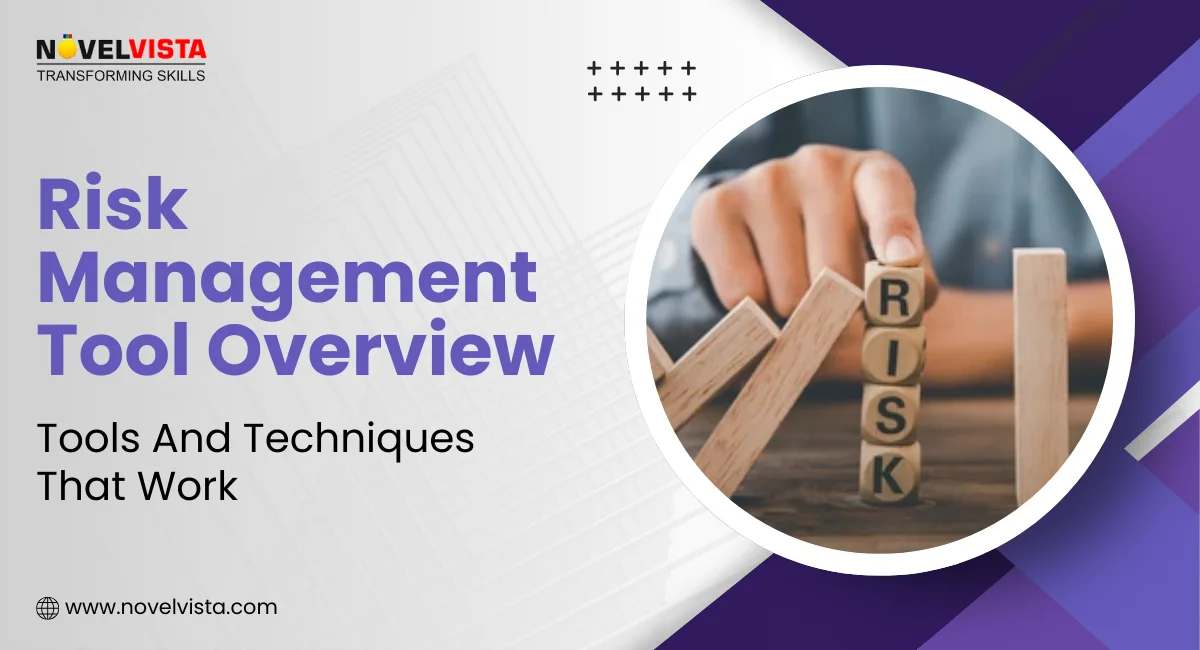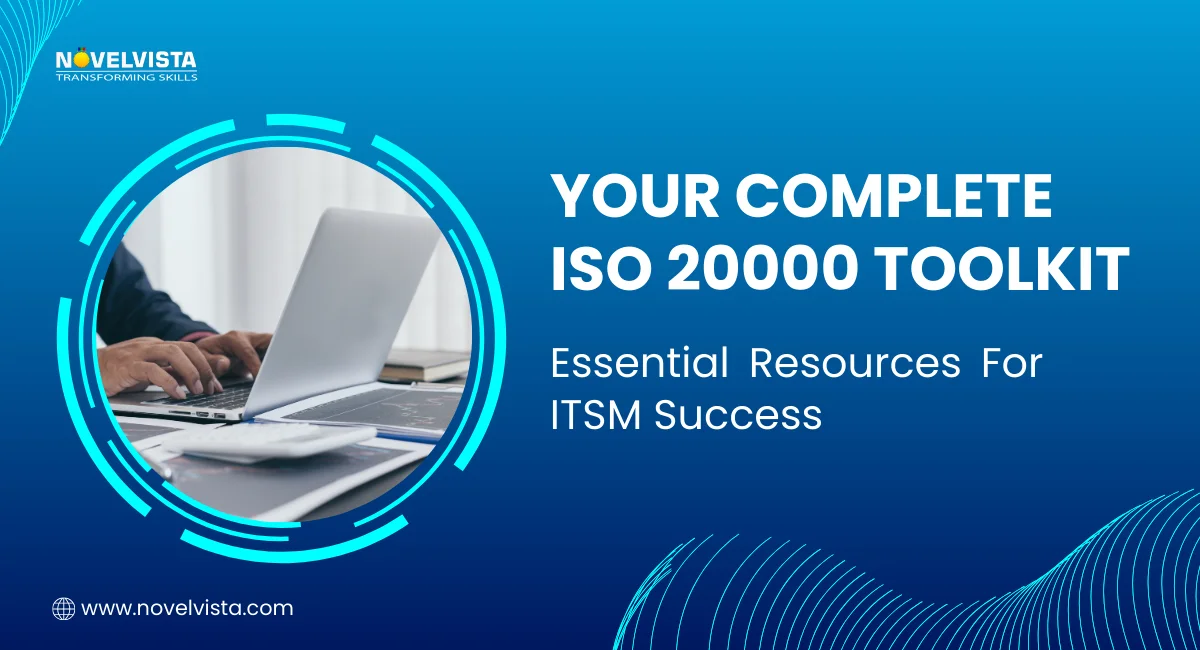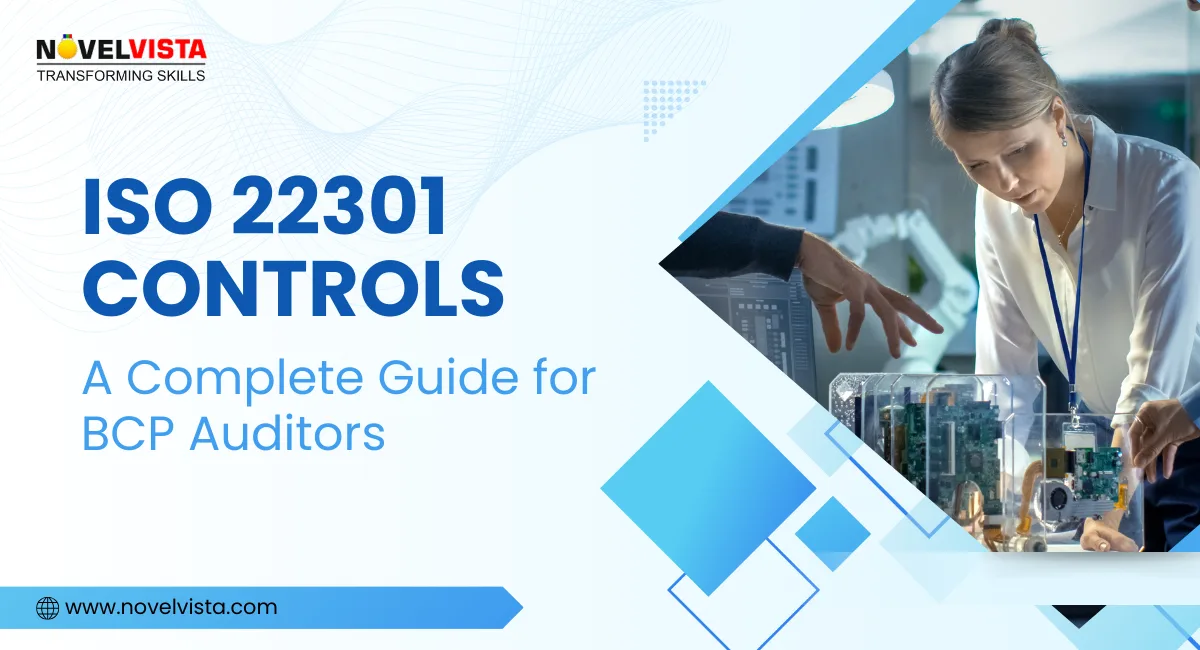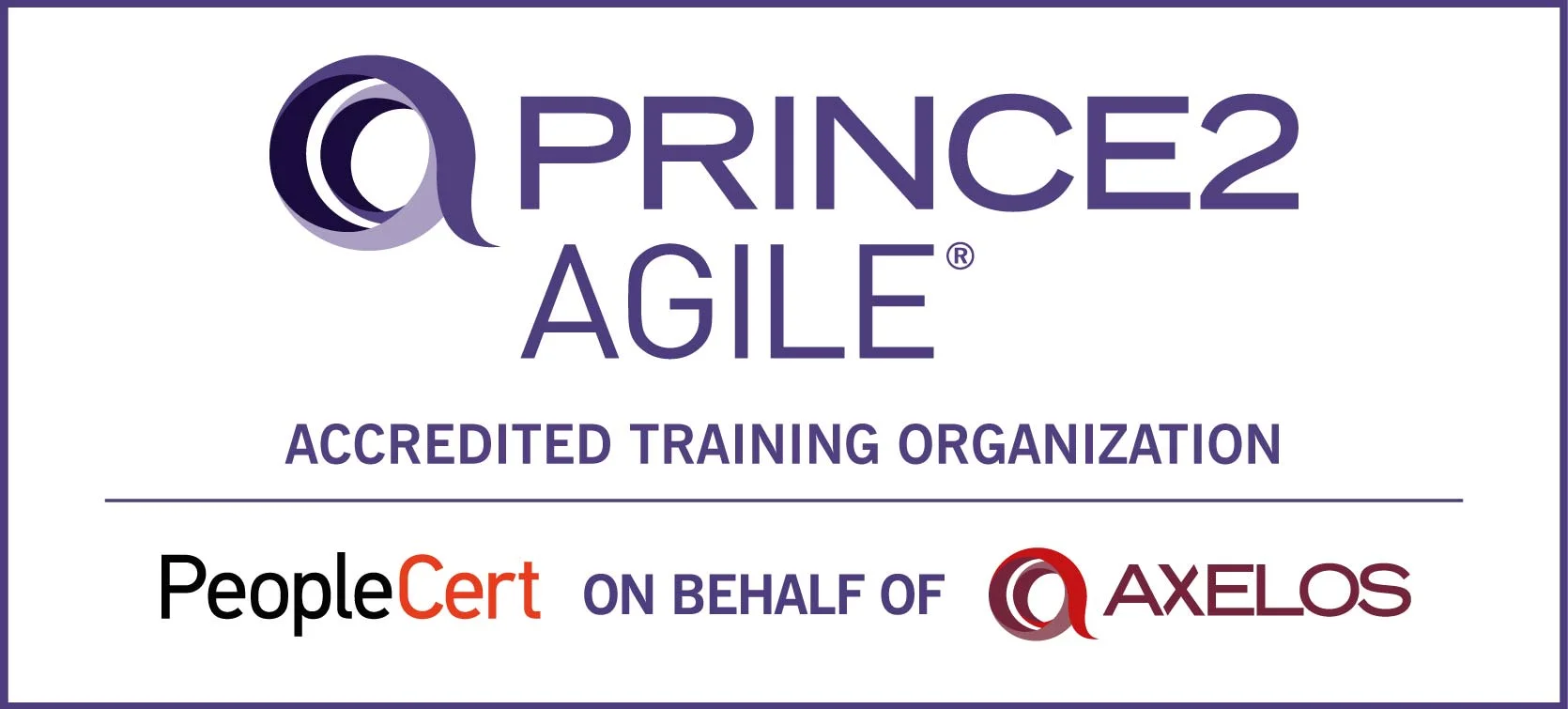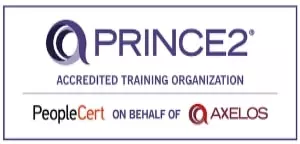In a world where every business decision carries a consequence, having the right risk management tool is no longer optional—it’s mission-critical. According to a PwC global risk study, 69% of organizations say their top challenge is identifying emerging risks early enough. Another Deloitte report shows that over 60% of companies faced unexpected operational disruptions in the past year, despite having risk processes in place.
So here’s the real question:
If everyone has a risk framework, why are so many still blindsided?
The answer is simple: tools without technique are useless—and techniques without tools are slow. To build a resilient organization, you need both: the right Risk Management Tools and Techniques working together in a structured, systematic roadmap.
What Is a Risk Management Tool?
A risk management tool is any structured mechanism—software, framework, or methodology—used to identify, assess, analyze, monitor, and address risks. In line with the principles of ISO 31000, these tools support a systematic and consistent approach to managing uncertainty across all levels of an organization. They replace guesswork with insight, helping organizations reduce uncertainty and make informed decisions. By offering early risk visibility, prioritization, mitigation tracking, and stronger governance, the right risk management tool becomes essential for navigating today’s unpredictable landscape.
If you want to understand how these tools fit into a globally recognized structure, exploring the Risk Management Framework can give you deeper clarity. It outlines how principles, processes, and organizational context work together to strengthen decision-making.
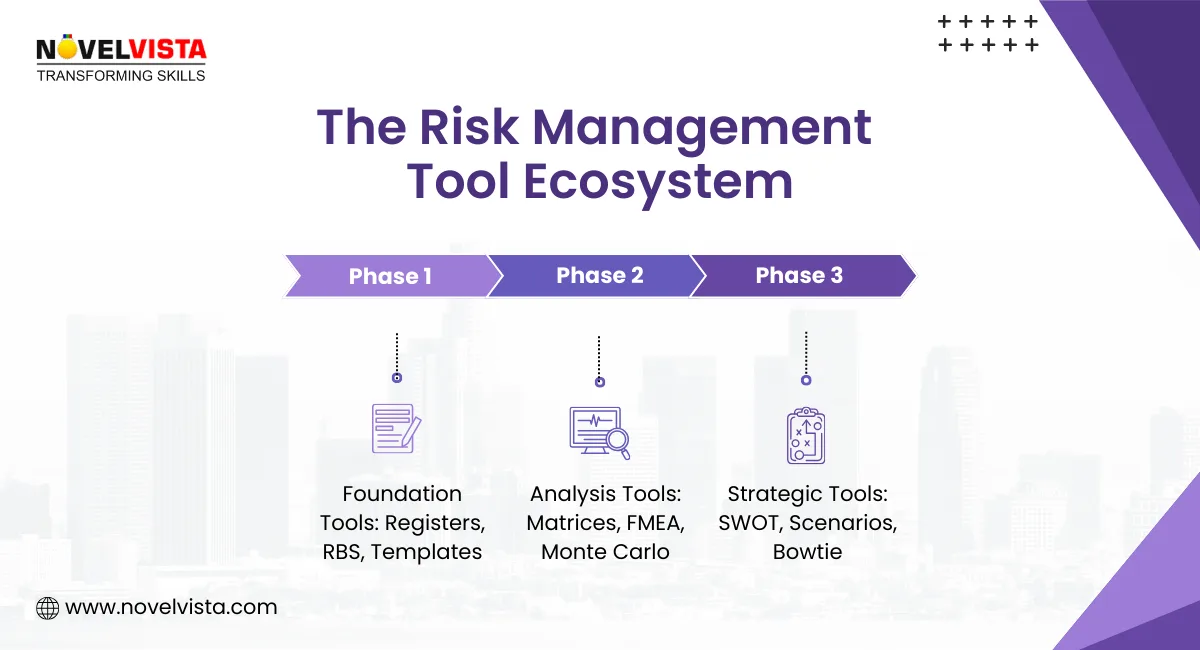
Documentation & Tracking Tools
Risk Register
The risk register is the most widely used risk management tool and acts as a centralized document where all identified risks are recorded and monitored. Instead of listing elements, think of the risk register as a living document that captures the risk description, its root causes, potential consequences, likelihood, impact rating, ownership, and mitigation steps—all in one place. This consolidated view ensures teams never lose sight of critical risks while maintaining consistency and accountability throughout the project lifecycle.
Risk Breakdown Structure (RBS)
The RBS organizes risks in a hierarchical structure similar to a family tree. Instead of listing categories separately, visualize this risk management tool as a vertical layered diagram where high-level categories like technical, organizational, or external risks branch out into more detailed subcategories. This structure helps teams identify clusters of risks and allocate resources more systematically.
Analytical & Assessment Tools
Risk Matrix (Probability–Impact Matrix)
The risk matrix is a visual risk management tool that plots the severity of each risk based on how likely it is to occur and the magnitude of its impact. It helps teams instantly understand which risks require attention and which can be monitored over time.
Monte Carlo Simulation
Monte Carlo simulation is a powerful quantitative risk management tool that runs thousands of simulations to predict possible outcomes. It blends timelines, cost variables, and probability into a single forecast model that reveals the likelihood of risks affecting critical milestones.
Failure Mode and Effects Analysis (FMEA)
FMEA is widely used across industries to evaluate how and where processes may fail. It scores failure modes based on severity, occurrence, and detectability, combining them into one Risk Priority Number (RPN). This makes it one of the most actionable techniques and tools of risk management for prioritizing interventions.
Download Your Free Risk Management Toolkit Now!
Equip yourself with proven methods to identify, analyze,
and manage risks with confidence.
Diagnostic & Root-Level Tools
SWOT Analysis
SWOT analysis offers a structured way of understanding risks by examining strengths, weaknesses, opportunities, and threats as a unified strategic picture. It connects risk thinking directly to business planning with the help of a proper risk management process.
Root Cause Analysis
Root Cause Analysis digs deep into the underlying causes of risks. Instead of treating symptoms, techniques like the 5 Whys, Fishbone Diagram, and Fault Tree Analysis help identify fundamental issues that need long-term corrective actions.
Scenario & Communication Tools
Scenario Planning
Scenario planning explores how different future conditions may affect operations. By imagining parallel storylines—market changes, supply chain disruption, staffing changes—organizations build resilience.
Bowtie Analysis
Bowtie analysis visually connects causes, events, consequences, and controls in a single diagram. It simplifies complex risks, making them easy to communicate to stakeholders.
Checklists & Templates
Checklists ensure consistency and prevent oversight. Instead of isolated items, think of them as guided walkthroughs that help teams follow standard risk evaluation steps.
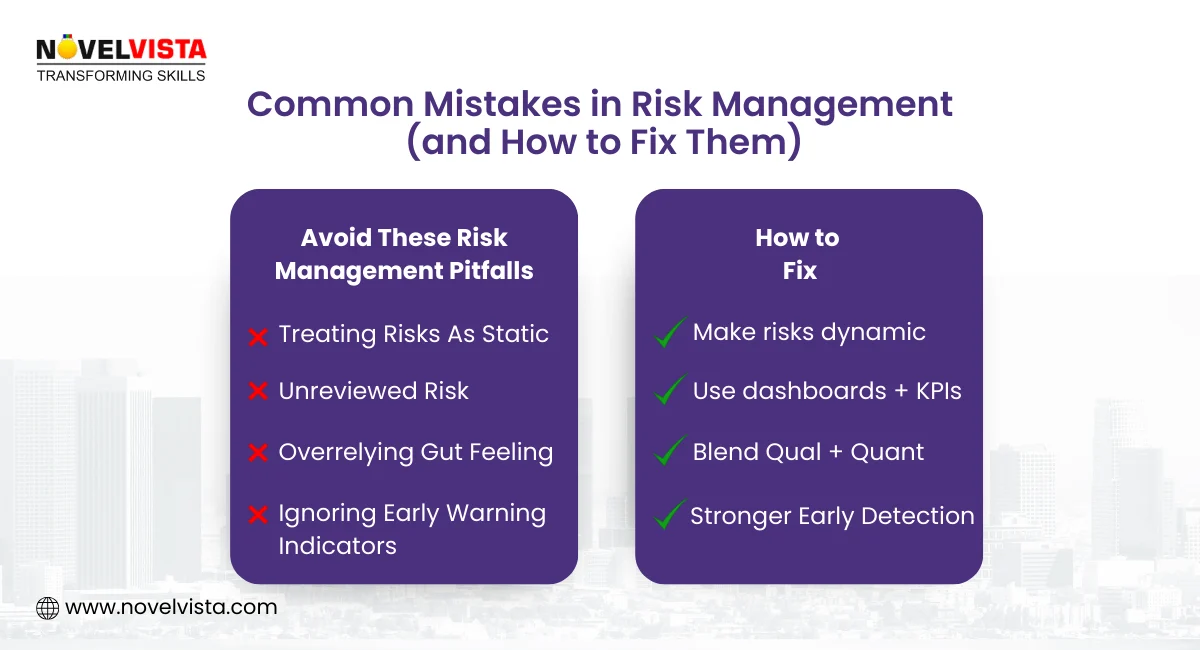
Essential Risk Management Techniques
1. Risk Identification Techniques
Risk identification blends brainstorming, expert judgment, historical data, and checklists into a continuous discovery process. It uncovers risks early and ensures nothing slips through unnoticed. It also encourages cross-team collaboration, helping different departments highlight risks others may miss. Over time, organizations build a stronger “risk memory,” allowing them to identify patterns and recurring threats faster. A mature identification process also ensures risks are captured from multiple angles—operational, financial, strategic, technological, and even cultural. This holistic view helps organizations stay proactive rather than reactive, making risk identification a powerful first line of defense.
2. Qualitative Risk Analysis
Qualitative analysis evaluates risk severity based on probability, impact, urgency, and category. These interconnected judgments help prioritize which risks need immediate focus. Its strength lies in speed and clarity—teams can quickly see which risks matter most without complex math. It also helps create a shared understanding of risk priorities, improving alignment during planning and decision-making. This technique is especially useful during early project stages or when data is limited. Through risk matrices, expert discussions, and rating scales, teams gain a clear snapshot of their risk landscape. The output guides smarter decisions on where to allocate time, resources, and attention.
3. Quantitative Risk Analysis
Quantitative analysis uses probability models, sensitivity tests, and EMV calculations to convert uncertainty into measurable data. It is essential for high-impact, high-cost decisions. By assigning numbers to uncertainty, organizations can compare scenarios objectively and justify investment decisions. It is especially valuable for budgeting, forecasting, and high-stakes project planning. Advanced methods like Monte Carlo simulations or decision-tree analysis also reveal how multiple risks interact, offering a deeper view of potential outcomes. This level of clarity helps leaders choose the most cost-effective strategies and prepare for worst-case scenarios with confidence.
4. Risk Response Planning
Risk responses—avoid, mitigate, transfer, accept, or exploit—form a strategic decision-making flow. Each path is chosen based on the nature and priority of the risk. A well-designed response plan ensures every risk has a clear owner and a predefined set of actions. This reduces confusion, speeds up reaction time, and strengthens overall preparedness. Effective planning also outlines triggers, timelines, required resources, and contingency options so teams know exactly what to do when a risk materializes. Strong risk response planning not only minimizes damage but also helps organizations seize opportunities when positive risks arise.
5. Risk Monitoring & Review
Risk monitoring uses dashboards, KPIs, and periodic reviews to maintain control over risks. It creates one integrated cycle where risks are tracked, controls are evaluated, and mitigation is updated continuously. Regular monitoring also helps detect early warning signals before risks escalate. Over time, this builds a culture of active risk awareness rather than reactive crisis management. Monitoring also integrates lessons learned from past events, allowing organizations to refine processes and strengthen resilience. With consistent visibility into risk performance, leaders can adjust strategies faster and ensure that controls remain effective as business environments evolve.
Conclusion
The future belongs to organizations that anticipate risks before they escalate. A strong risk management tool ecosystem—supported by robust techniques—empowers teams to make informed decisions, prevent failures, and build resilient operations. When your Risk Management Tools and Techniques work seamlessly together, uncertainty becomes manageable, and risk transforms from a threat into an opportunity.
And this is exactly where ISO 31000 becomes a strategic advantage. The standard provides a globally recognized framework that aligns all your techniques and tools of risk management into one structured, repeatable, and scalable system. By adopting ISO 31000 principles—such as integration, customization, and continual improvement—organizations elevate their entire risk management approach from reactive to proactive. Mastering these techniques within the ISO 31000 framework isn’t just beneficial—it’s essential for long-term success and enterprise resilience. If you're looking to expand beyond tools and techniques and understand the guiding principles behind effective risk practices.
Next Step
Ready to improve your risk management capabilities? Join NovelVista’s ISO 31000 Risk Manager Certification and build the competencies needed to manage organizational risks with confidence. This globally recognized program is crafted by seasoned professionals who have spent years implementing real-world risk frameworks across industries.Frequently Asked Questions
Author Details

Mr.Vikas Sharma
Principal Consultant
I am an Accredited ITIL, ITIL 4, ITIL 4 DITS, ITIL® 4 Strategic Leader, Certified SAFe Practice Consultant , SIAM Professional, PRINCE2 AGILE, Six Sigma Black Belt Trainer with more than 20 years of Industry experience. Working as SIAM consultant managing end-to-end accountability for the performance and delivery of IT services to the users and coordinating delivery, integration, and interoperability across multiple services and suppliers. Trained more than 10000+ participants under various ITSM, Agile & Project Management frameworks like ITIL, SAFe, SIAM, VeriSM, and PRINCE2, Scrum, DevOps, Cloud, etc.
Confused About Certification?
Get Free Consultation Call

